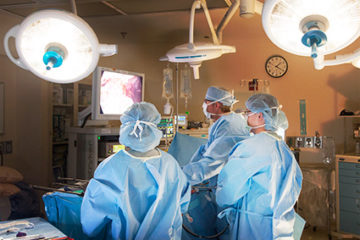NBScience Stem Cells
NBS幹細胞治療中心
NBS幹細胞治療中心 (NBS-SCTC) 幹細胞治療烏克蘭 幹細胞在治療中的應用: 下肢的血管疾病 (閉塞性疾病, 下肢糖尿病性微血管病變 (糖尿病足), 擦掉下肢動脈粥樣硬化); 動脈粥樣硬化心臟疾病, 冠狀動脈心臟疾病, 心肌梗死; 胰腺壞死; 椎間盤恢復; 銀屑病; 創傷和軟骨的退行性疾病 (關節炎, 關節); 骨缺損的修復 (假關節); 克羅恩病, 潰瘍性結腸炎; 糖尿病I型和II; 肝臟變性疾病 (硬化); 急性腎功能衰竭 (腎小球腎炎); 燒傷 (combustiology); 再造手術, 美容醫學, 美容: 皺紋; 治療白癜風; 復興 (抗衰老療法, 抗agetherapy); 部分切除或完全切除乳房後恢復乳房形狀; 瘢痕疙瘩的吸收. 有在治療中使用幾種類型的幹細胞療法 1) 胚胎 幹細胞 (胚胎幹細胞) 治療 ( 賽默飛世爾科技 (美國) cGMP的條件下製造©幹細胞系. ) 2) 自體 Read more…


